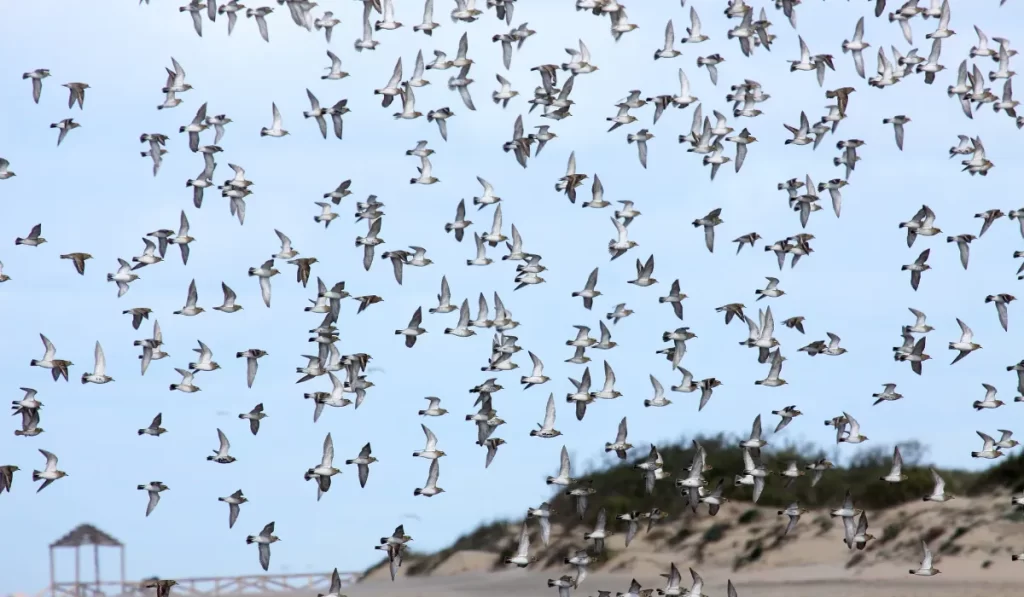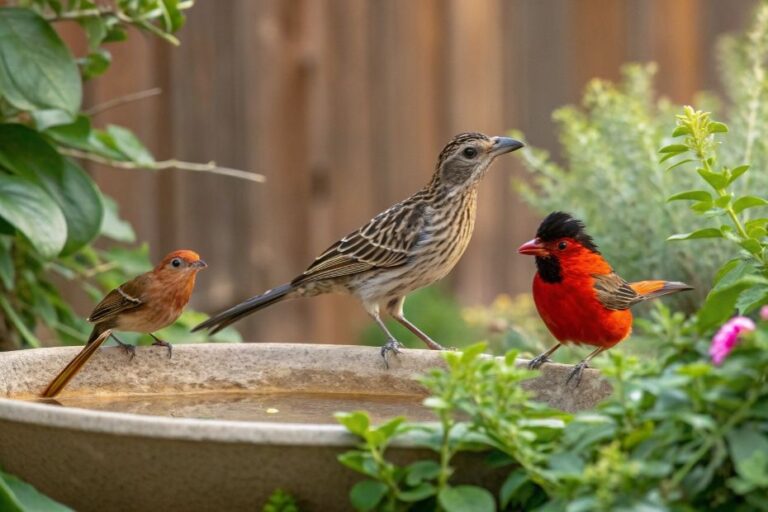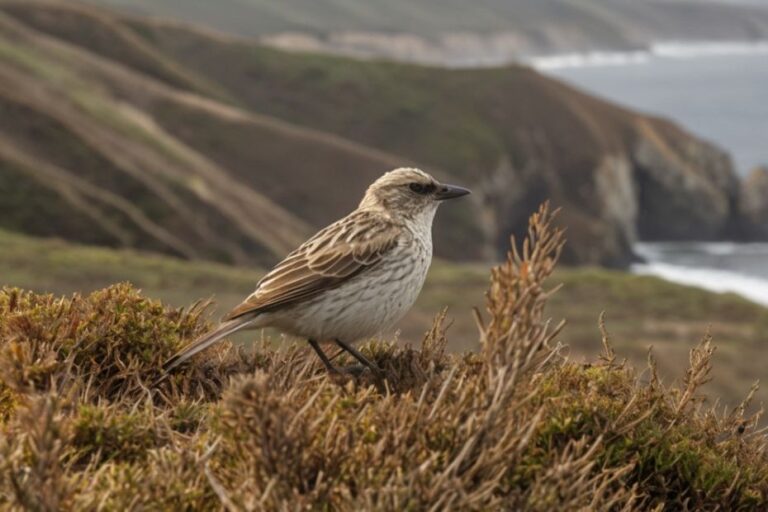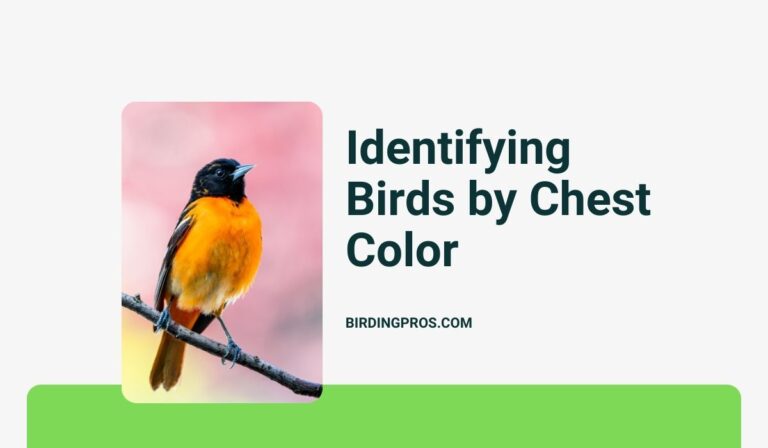Impact of Climate Change on Birds
Climate change disrupts bird habitats, migration, and behaviors. Conservation efforts are crucial for their survival.
Table of Contents
Introduction to Climate Change

Climate change presents an unprecedented challenge to bird populations globally. Its far-reaching effects, from altering habitats to disrupting migration patterns, threaten the survival of many bird species.
Understanding these impacts is essential for implementing effective conservation strategies and preserving avian biodiversity for future generations.
The Impact of Climate Change on Birds
Climate change is fundamentally reshaping the habitats that birds rely on for breeding, feeding, and nesting. One of the most noticeable impacts is the alteration of breeding grounds. Rising temperatures are causing shifts in the distribution of suitable habitats for many bird species.
Changes in Breeding Grounds:
- Rising temperatures are causing shifts in the distribution and suitability of breeding grounds for many bird species.
- Birds may be forced to relocate to higher elevations or latitudes in search of cooler temperatures and suitable nesting sites.
- Changes in breeding habitat can affect the availability of nesting materials, food resources, and shelter for birds during the critical breeding season.
Altered Food Availability:
- Climate change is altering the availability and abundance of food resources for birds.
- Changes in precipitation patterns, such as increased frequency of droughts or heavy rainfall events, can impact the availability of insects, seeds, and other food sources.
- Birds that rely on specific food sources, such as nectar-feeding hummingbirds or insectivorous songbirds, may face challenges in finding adequate nutrition to support their breeding efforts.
Migration Challenges

Migration is a remarkable phenomenon that allows birds to travel thousands of miles between their breeding and wintering grounds, but climate change is posing significant challenges to this intricate journey.
Shifts in Migration Routes:
Climate change is altering the geographical distribution of resources and habitats along migration routes. Warmer temperatures and changes in vegetation patterns can lead to shifts in the distribution of food sources and nesting sites.
As a result, birds may be forced to adjust their migration routes to track these changes, potentially exposing them to new threats or barriers such as urban development or habitat fragmentation.
Timing Mismatches:
One of the most pressing challenges for migratory birds is the timing mismatch between their migrations and the availability of food resources along their routes.
Climate change can disrupt the cues that birds rely on to time their migrations, such as temperature changes or day length.
As a result, birds may arrive at their breeding or wintering grounds too early or too late to coincide with peak food availability, affecting their ability to find sufficient nutrition.
Impacts on Stopover Sites:
Migration routes often include stopover sites where birds rest and refuel during their long journeys. These stopover sites are critical for the survival of migratory birds, providing essential resources such as food, water, and shelter.
However, climate change is altering the conditions at these sites, leading to changes in vegetation, water availability, and insect abundance. This can impact the suitability of stopover sites and affect the ability of migratory birds to rest and refuel adequately before continuing their journey.
Read More: Feathers and Fortitude: How Do Birds Survive in the Desert?
Behavioral Changes in Birds

Climate change is prompting significant behavioral adaptations in birds as they strive to cope with shifting environmental conditions.
These changes encompass various aspects of bird behavior, from feeding habits to nesting strategies, and are essential for their survival in a changing world.
Adaptations in Feeding Behaviors:
- Birds are exhibiting adaptive behaviors in response to changing environmental conditions.
- Some species may expand their diet to include new food sources or adjust their foraging strategies to exploit changing habitats.
- For example, shorebirds may shift their foraging behavior in response to changes in the distribution of prey species or alterations in coastal ecosystems.
Altered Mating and Nesting Patterns:
- Climate change is influencing the timing and success of breeding activities in many bird species.
- Changes in temperature and weather patterns can affect the timing of courtship displays, egg-laying, and chick rearing.
- Birds may adjust their nesting behaviors, such as choosing different nest sites or altering their nesting materials, to cope with changing environmental conditions.
Case Studies
Here are a couple of case studies illustrating the effects of climate change on bird populations.
American Robin (Turdus migratorius)
The American robin, a common bird across North America, has experienced notable shifts in its nesting patterns due to climate change. Historically, robins timed their breeding season to coincide with the availability of insects, which typically increased as temperatures warmed in spring.
However, with climate change causing earlier springs, robins are now laying their eggs sooner. While this may initially seem advantageous, as it aligns with the peak abundance of insects, it also poses risks.
Early nesting exposes eggs and nestlings to potential late-season frosts or extreme weather events, which can impact reproductive success.
Common Loon (Gavia immer)
The common loon, an iconic species of North American lakes and wetlands, faces habitat loss and degradation due to climate change.
These birds rely on large, clear lakes for breeding, but warming temperatures and altered precipitation patterns threaten their habitat. Shrinking lakes, reduced water levels, and increased water temperatures can diminish available nesting sites and disrupt food sources, such as fish.
Additionally, changes in water quality, such as increased nutrient runoff, can lead to harmful algal blooms, further impacting loon populations. Conservation efforts focused on preserving and restoring critical lake habitats are crucial for the long-term survival of common loons and other waterbirds in a changing climate.
Conservation Efforts
Conservation efforts are essential for mitigating the impacts of climate change on bird populations and preserving their habitats. Here are some strategies and initiatives aimed at protecting birds in the face of climate-related threats:
Habitat Preservation and Restoration:
- Conservation efforts are focused on preserving and restoring critical habitats for birds affected by climate change.
- Protecting intact habitats, such as wetlands, forests, and grasslands, can provide essential refuges for birds to breed, forage, and rest during migration.
- Restoration projects, such as reforestation or wetland restoration, can enhance habitat quality and connectivity for vulnerable bird species.
Reducing Greenhouse Gas Emissions
Addressing the root causes of climate change is essential for mitigating its impacts on birds and their habitats.
Efforts to reduce greenhouse gas emissions, such as transitioning to renewable energy sources and implementing energy-efficient practices, can help slow the pace of climate change and limit its effects on bird populations.
Public Awareness and Education:
Raising public awareness about the impacts of climate change on birds is crucial for mobilizing support for conservation efforts.
Education and outreach programs can help engage individuals and communities in bird conservation initiatives and encourage sustainable behaviors that reduce carbon emissions and protect natural habitats.
Conclusion
Climate change poses a significant threat to bird populations worldwide, but by understanding its impacts and taking action, we can help protect these vital species.
Conservation efforts, informed by scientific research and public awareness, play a crucial role in safeguarding birds and their habitats for generations to come. It’s imperative that we work together to address climate change and ensure a future where birds can thrive in a changing world.







One Comment